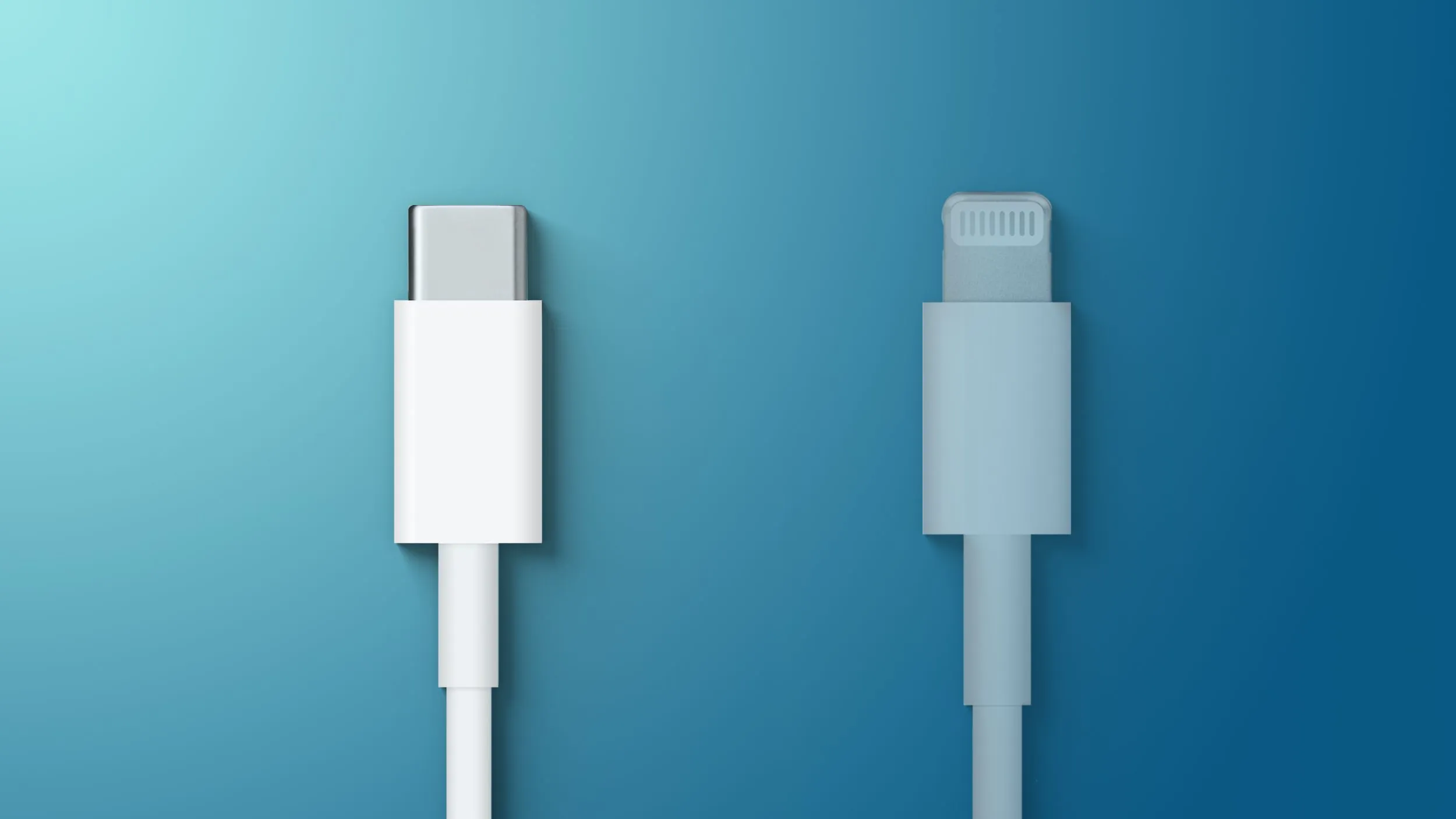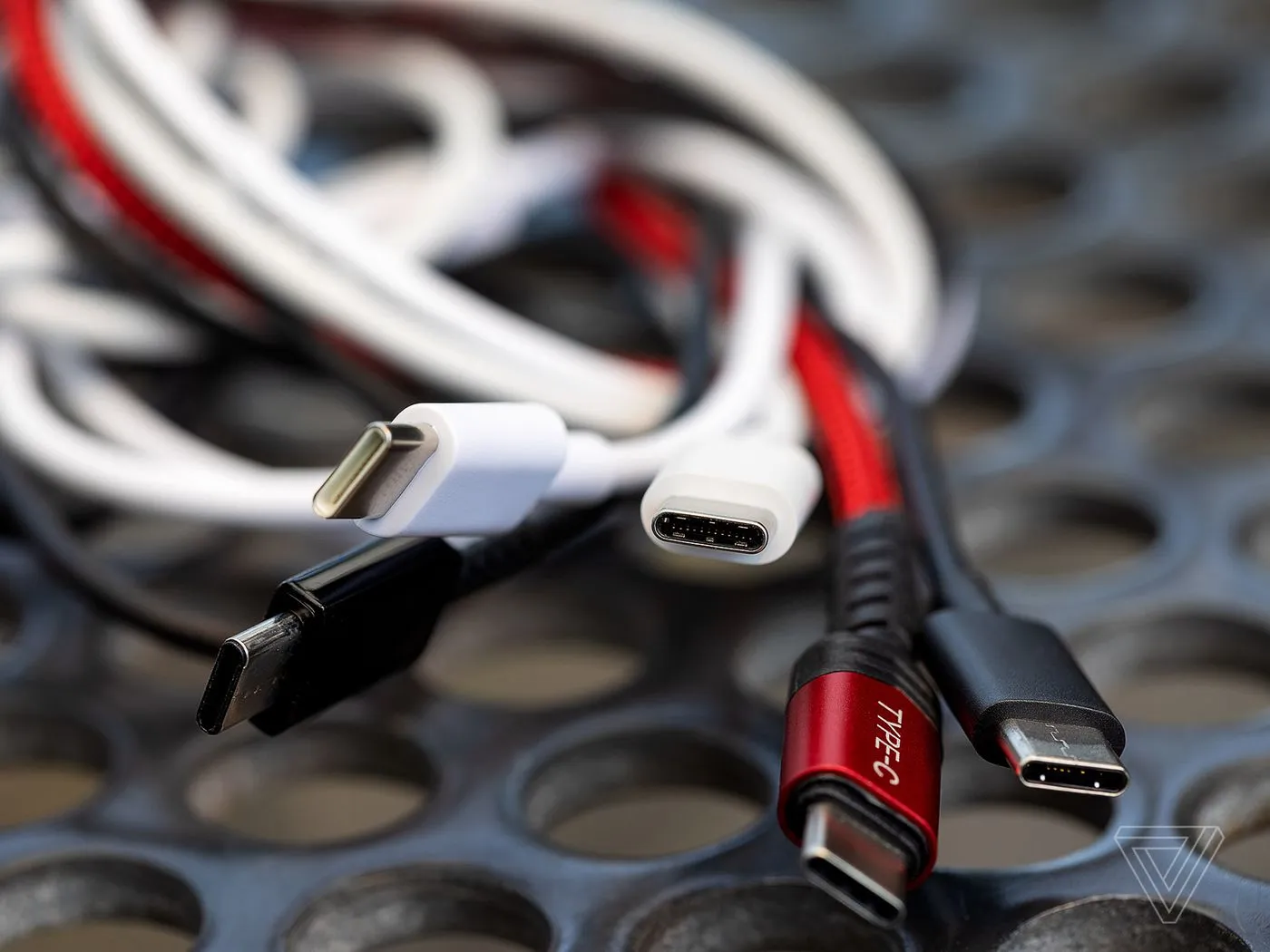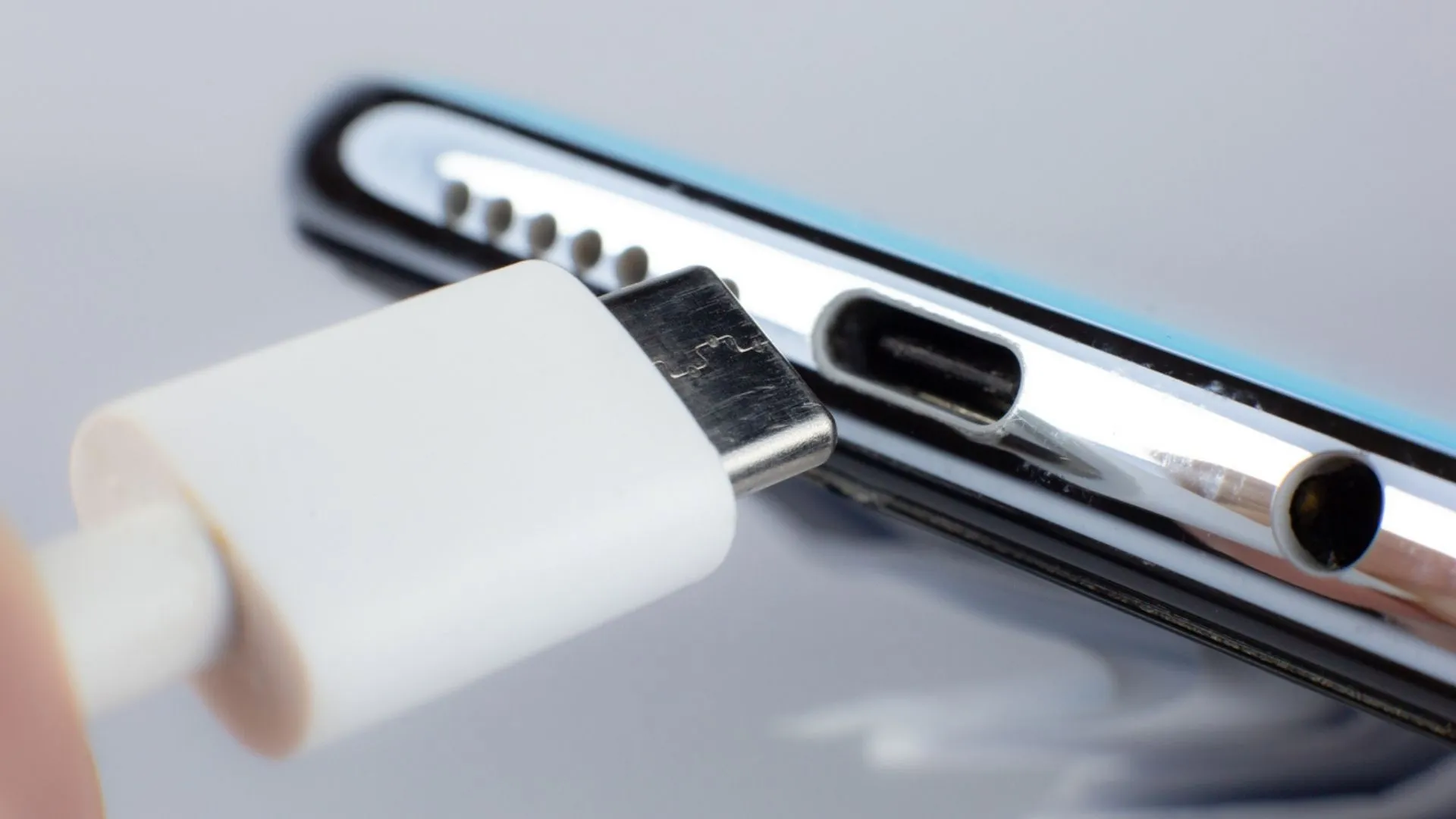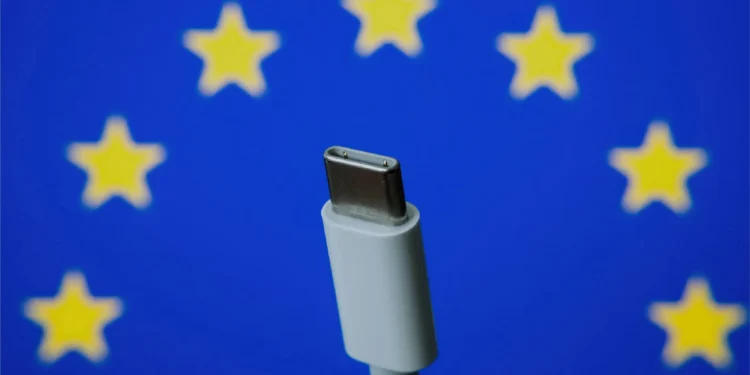Europe has taken a significant step towards technological harmony with the enforcement of Directive 2022/2380, popularly known as the common charging solution. Starting December 28th, a sweeping change will affect a multitude of gadgets within the EU, mandating USB-C as the standard charging port. This shift aims to streamline user experience, decrease electronic waste, and unify a fragmented market that has long been a source of consumer frustration.

More Than Just a Port: Comprehensive Reforms
The EU’s decision to standardize charging ports follows years of discussions and provisional agreements that culminated in formal legislation in October 2022. By mandating a single type of connector — USB-C — for a broad array of devices, the EU targets a more sustainable and consumer-friendly market. “The goal for Directive 2022/2380 is to reduce e-waste and solve market fragmentation,” highlights the need for such a directive amid growing concerns over electronic waste and the environmental impact of redundant chargers.
The implications of the USB-C mandate extend beyond the mere physical aspect of charging. The directive also introduces significant enhancements in fast charging standards and the decoupling of charging bricks from devices, potentially leading to lower costs and less waste. Furthermore, the introduction of improved labelling will aid consumers in making more informed choices regarding the compatibility and efficiency of charging devices.

As the common charging solution applies to any device defined by the EU as radio equipment—which includes everything from smartphones and tablets to digital cameras and portable speakers—the reach of this directive is vast. Yet, not all devices fall under this mandate. “A PlayStation 5, for example, has a 350W power rating, meaning it won’t fall under the directive,” whereas lower power devices like the Nintendo Switch will need to comply.
Exclusions and Future Considerations
Interestingly, the directive does not yet encompass all electronic devices. Laptops have a grace period until April 2026, and products like drones remain in a regulatory grey area. This selective enforcement indicates the complexities involved in implementing such a sweeping regulation and highlights the EU’s commitment to continuous assessment and adaptation to technological advancements.
Moreover, the directive does not currently address wireless charging, a technology rapidly gaining popularity. The EU Commission has stated its intention to “promote the harmonization” of wireless charging practices to prevent market fragmentation in the future, suggesting that further regulations may be on the horizon.

A Simpler Future for Consumers and Businesses
This directive is poised to simplify the digital lives of millions in the EU by ensuring that nearly all portable electronic devices use a uniform charging interface. For consumers, this means no more drawer full of various chargers and cables, while businesses will benefit from a more streamlined product design and manufacturing process. As this new regulation takes effect, the EU sets a precedent that could influence global standards, potentially leading to a wider adoption of USB-C worldwide. It’s a bold move toward a more interconnected and environmentally conscious digital ecosystem, setting a standard that others might soon follow.










